Table of content
Zongzi, a traditional Chinese rice dumpling wrapped in bamboo or reed leaves, has become a beloved culinary staple worldwide. Whether savory or sweet, these pyramid-shaped treats are often stored in refrigerators for convenience, but reheating them properly—especially via microwave—requires precision to preserve texture, flavor, and safety. This article delves into the science of microwave heating, the variables affecting reheating time, and step-by-step instructions to achieve perfectly warmed zongzi without compromising quality.
Understanding Zongzi Composition and Microwave Dynamics
Before addressing timing, it’s crucial to grasp how microwaves interact with zongzi’s ingredients. Typically filled with glutinous rice, meats (like pork or mushrooms), and seasonings, zongzi’s dense structure resists even heat distribution. Microwaves excite water molecules, generating heat, but the rice’s starch content and the leaf wrapping create barriers. Refrigeration further complicates this by lowering the food’s internal temperature, requiring careful reheating to avoid cold spots where bacteria might survive.
Key Factors Influencing Microwave Time
- Refrigerator Temperature: A zongzi stored at 40°F (4°C) will take longer to reheat than one partially thawed.
- Microwave Wattage: Most home microwaves range from 600–1200 watts. Lower wattage means longer heating times.
- Zongzi Size and Density: Larger or thicker zongzi require more time. Mini zongzi (50g) vs. giant ones (200g+) vary significantly.
- Filling Type: Meat-filled zongzi need higher temperatures to ensure pork or poultry reaches 165°F (74°C) for safety.
- Leaf Wrapping: Thick bamboo leaves insulate heat better than reed leaves, affecting conduction.
Step-by-Step Microwave Reheating Guide
Pre-Reheating Preparation
- Unwrap Carefully: Remove plastic or string ties but keep the leaf intact. The leaf retains moisture and flavor during heating.
- Optional: Lightly Dampen Leaves: A quick sprinkle of water prevents the leaves from drying out, but avoid soaking.
- Place on a Microwave-Safe Dish: Use a ceramic or glass plate. Avoid metal containers or aluminum foil.
Initial Heating Phase
- Power Setting: Start at 50% power (medium) to prevent uneven cooking. High power risks scorching the exterior while leaving the center cold.
- Time Allocation:
- Small Zongzi (50–100g): 1.5–2 minutes per side.
- Medium Zongzi (100–150g): 2–3 minutes per side.
- Large Zongzi (150g+): 3–4 minutes per side.
- Rotation: Pause halfway to flip the zongzi using tongs, ensuring even heating.
Check for Doneness
- Temperature Test: Insert a food thermometer into the center. It should read at least 165°F (74°C).
- Texture Check: Gently press the zongzi—it should feel uniformly soft, not stiff or icy in spots.
- Leaf Peel Test: The leaves should unwrap easily without sticking to cold rice.
Final Touch-Up (If Needed)
- High Power Boost: If the center is still cool, microwave at 30-second intervals on high power, checking each time.
- Standing Time: Let the zongzi rest for 1–2 minutes post-heating. Residual heat continues cooking and equalizes temperature.
Adjusting for Specific Scenarios
Frozen Zongzi
If frozen, thaw in the refrigerator overnight first. Direct microwave heating from frozen requires:
- Defrost Mode: 3–5 minutes on defrost, followed by 2–3 minutes at 50% power.
- Caution: Avoid overheating, as ice crystals can create steam pockets, causing leaf splitting.
Vegan/Sweet Zongzi
Sweeter varieties (e.g., red bean paste) heat faster due to lower fat content. Reduce time by 20–30% to prevent sugar caramelization.
Multi-Zongzi Heating
Arrange in a circular pattern with space between them. Add 1–2 minutes per additional zongzi to account for crowded cooking.
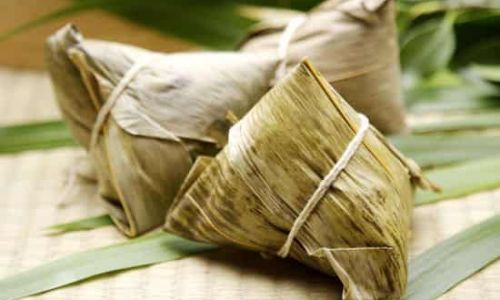
Common Mistakes and How to Avoid Them
-
Overheating:
- Issue: Leaves burn, rice becomes gummy.
- Fix: Use shorter intervals and lower power.
-
Uneven Heating:
- Issue: Hot spots and cold centers.
- Fix: Rotate frequently and use a rotating microwave tray if available.
-
Exploding Zongzi:
- Issue: Steam buildup causes leaf rupture.
- Fix: Poke tiny holes in the leaf with a toothpick before heating.
-
Dryness:

- Issue: Starch hardens.
- Fix: Wrap in a damp paper towel or place a microwave-safe cup of water nearby.
Microwave Wattage Conversion Chart
| Microwave Power (Watts) | Adjusted Time (per side) |
|---|---|
| 600W (Low) | +50% of base time |
| 800W (Medium) | +25% of base time |
| 1000W (High) | Base time |
| 1200W (Very High) | -20% of base time |
Example: For a 100g zongzi at 1000W, use 2 minutes per side. At 600W, increase to 3 minutes per side.
Scientific Principles Behind Optimal Heating
Microwaves penetrate food to a depth of about 1–1.5 inches, meaning larger zongzi rely heavily on conductive heating from the outside in. Lower power settings allow heat to diffuse gradually, minimizing temperature gradients. The leaf acts as a insulator, so piercing it (as mentioned earlier) aids steam escape, balancing moisture.
Alternatives to Microwave Heating
While microwaves are quickest, alternatives include:
- Steaming: Retains moisture best but takes 15–20 minutes.
- Oven: Bake at 350°F (175°C) for 10–15 minutes, wrapped in foil.
- Pan-Frying: Crisps the exterior but requires pre-steaming.
Conclusion
Mastering microwave reheating of refrigerated zongzi hinges on understanding your appliance’s power, the zongzi’s size, and the filling type. By starting at medium power, rotating frequently, and testing doneness methodically, you can enjoy warm, aromatic zongzi with minimal effort. Remember that patience yields perfection—rushing the process often results in uneven heating or compromised texture. Whether you’re savoring a classic pork zongzi or a novel sweet variant, these techniques ensure every bite is as delightful as when it was first prepared.
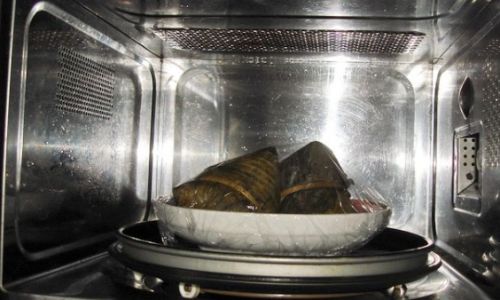
Final Tip: Label zongzi with heating instructions if gifting, empowering recipients to reheat safely. With practice, you’ll intuitively adjust times, turning this ancient delicacy into a modern convenience without sacrificing tradition.
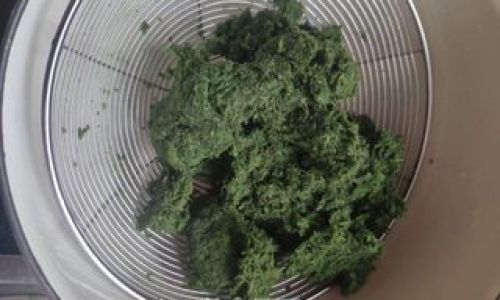
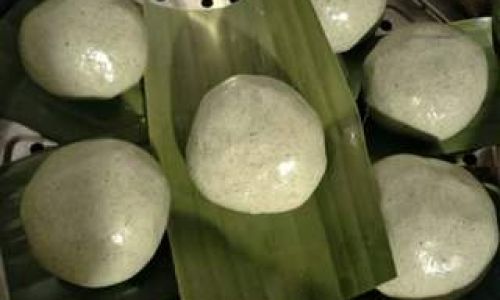
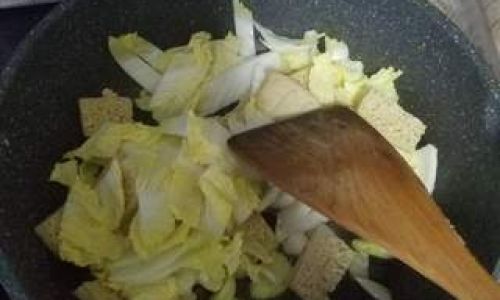
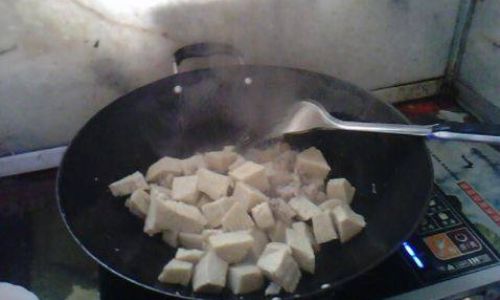
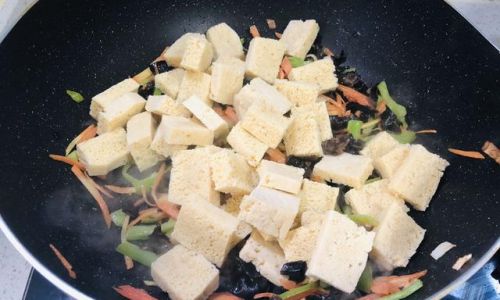
0 comments